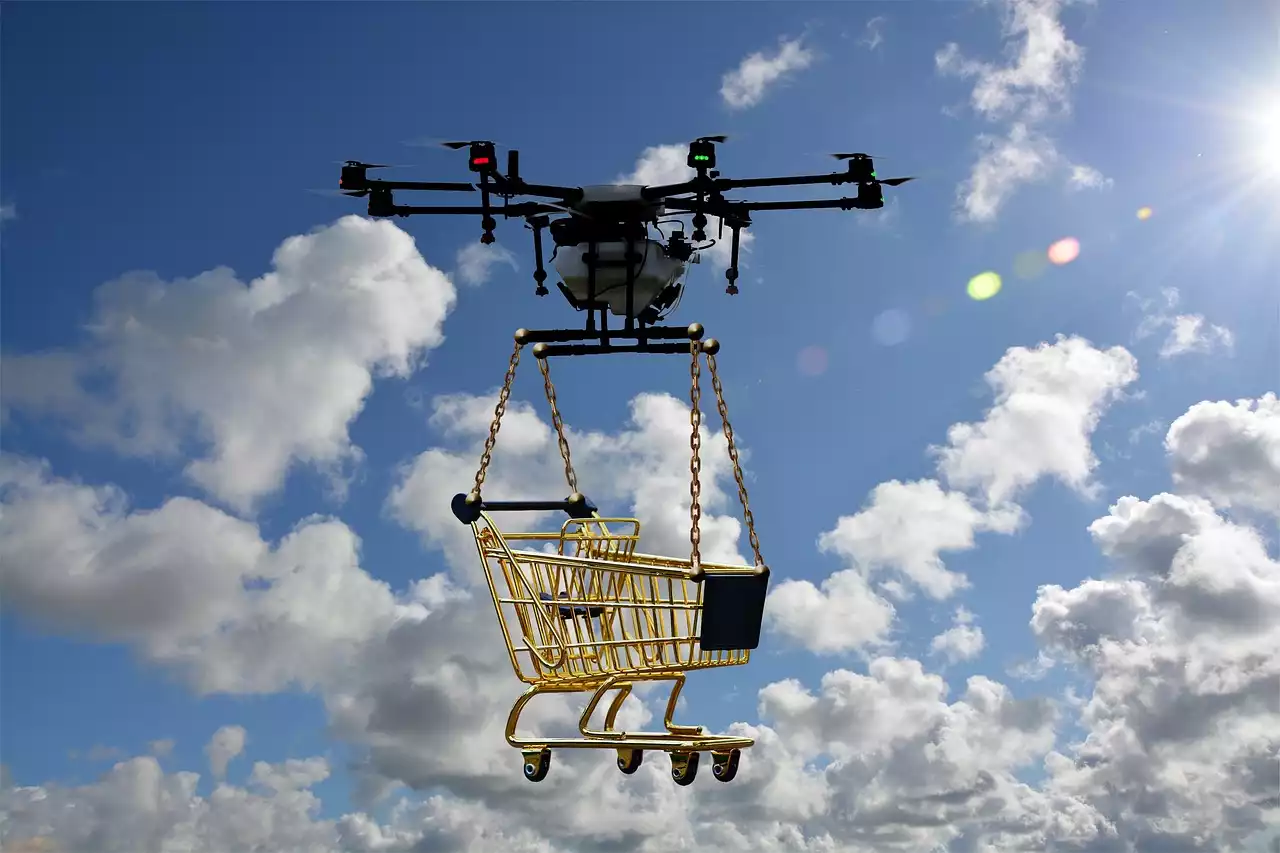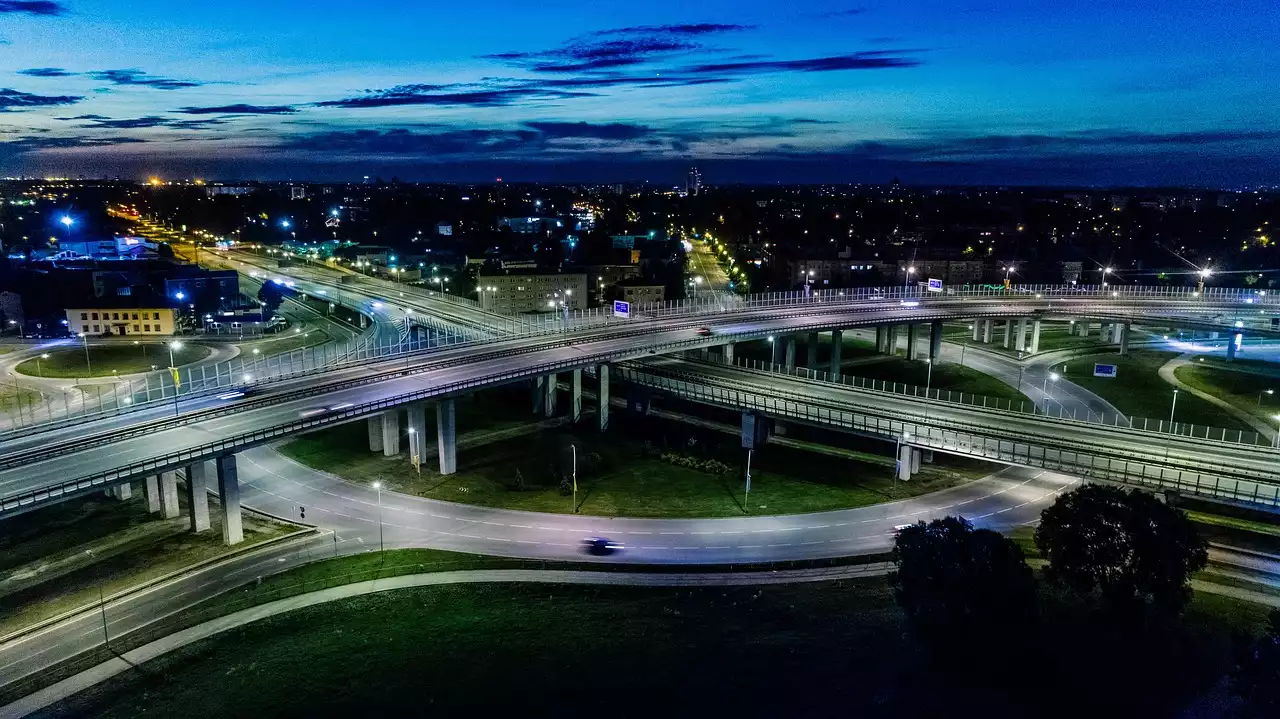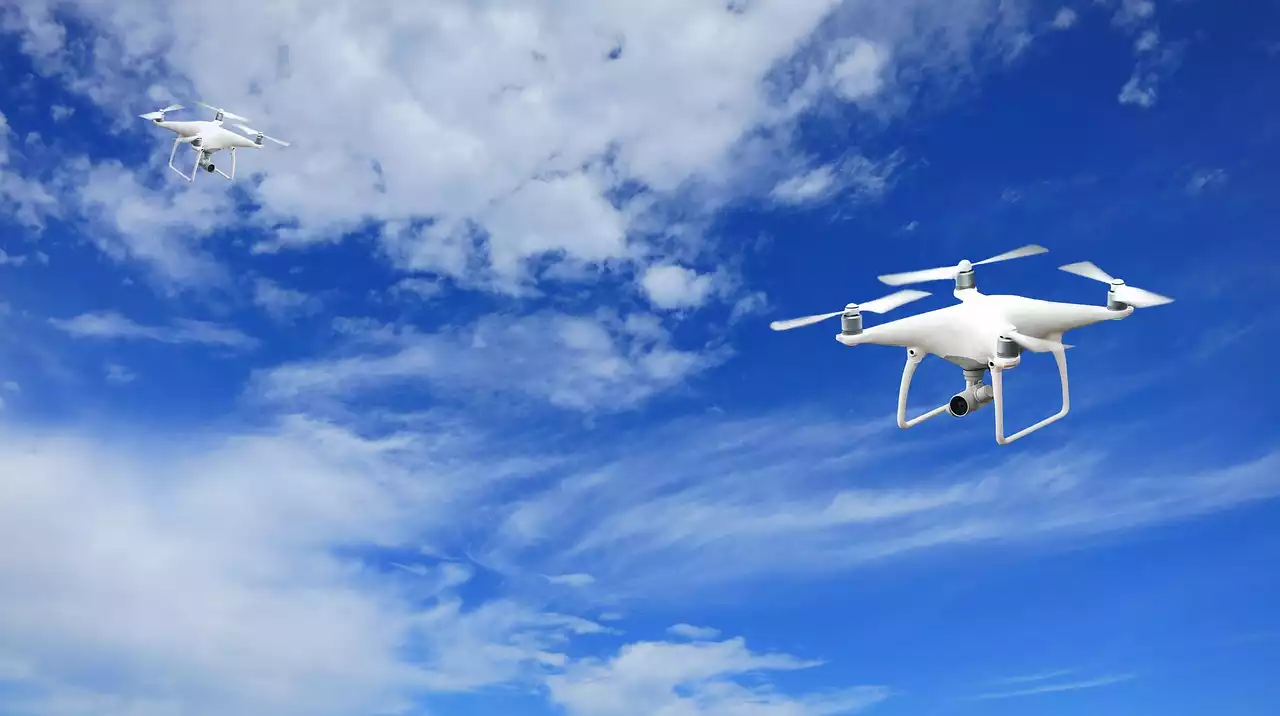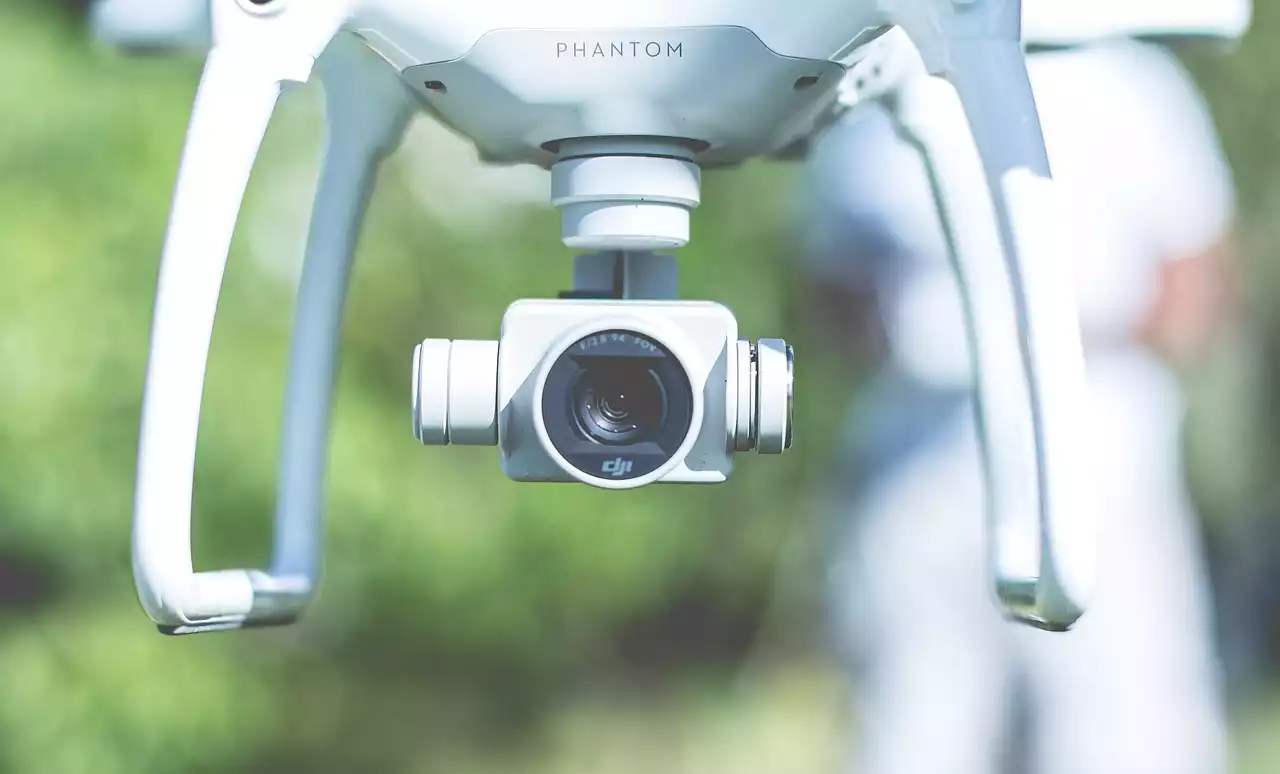What are drones?
Drones are unmanned aerial vehicles (UAV) that typically have four rotors and are controlled remotely by a pilot on the ground. They’re useful for many different industries and applications and are often used for commercial photography and film, real estate inspections, package delivery, and even as a meat or produce delivery system. The drone market is expanding rapidly, with estimates predicting that it will be a $120 billion industry by 2025.
Benefits of using drones for parcel delivery
Drones are able to fly long distances at a high altitude and are therefore able to cover large distances quickly. This means that drones can be used to make deliveries to people who live far from the nearest post office or store. Drones are also able to make deliveries during bad weather. They are also able to make deliveries when the roads are closed because they are able to land at a post office while the driver completes a secondary task like receiving a package. Drones are also able to navigate complex environments like urban areas and can navigate around obstacles like trees and buildings. Drones can be used to track inventory and make sure that items are delivered where they are supposed to be.
Challenges of drone delivery
While drones have many advantages for the delivery of goods, they also come with a few disadvantages. One of the main challenges of drone delivery is that it is still in its infancy stage, and there is still a lot of work to be done before drones can function seamlessly in the real world. Although drones are able to fly long distances and navigate complex environments, it is still challenging for pilots to navigate through all of them safely. This is especially problematic for urban environments where obstacles like trees, buildings, and people are a frequent occurrence. Drone pilots also face the challenge of avoiding potential hazards like bad weather, airports, and other aircraft. This is especially challenging in areas with a high density of airspace where pilots are unable to see all of the other aircraft due to the high density of airspace.
Companies using drones for parcel delivery
-DHL - DHL uses drones to transport medicine and other vital supplies to patients all over the world. The company has been using drones for more than five years, and has conducted more than 300,000 missions and delivered more than 10 million pounds of cargo.
-Parcel - Parcel is a delivery service that employs drones to make deliveries to customers in New York City. The company uses drones to make deliveries to central locations, saving customers time and money. Like DHL, Parcel has been using drones for more than five years and has delivered more than a million pounds of cargo.
-Federal Express - Fed Ex uses drones to track and deliver packages. The company is working with the FAA to develop a regulatory framework for drone operations and has been working on this for the past two years.
Drone delivery regulations
There are currently no federal regulations or laws that govern drone use for commercial purposes. States have the authority to regulate drone use, but there is a lack of uniform regulations across the country.
Drone delivery research
One way that researchers are studying the potential of drone delivery is by looking at how well drones can navigate complex terrains and deliver goods to specific locations in a safe and efficient manner. Researchers are also using aerial imaging to analyze complex environments, like urban environments, to find places where drones can safely navigate.
Cost savings of drone delivery
Because drones are able to fly longer distances than traditional delivery vehicles like trucks and trains, they are able to make deliveries to far-flung areas at a lower cost. Drones are also able to navigate in difficult environments like narrow streets or around obstacles like buildings and trees, and can therefore be used to make deliveries in places where trucks and trains cannot. Drones are also able to fly at higher altitudes than traditional delivery vehicles and are therefore able to make deliveries during bad weather.
Future of drone delivery
The use of drones for parcel delivery is poised to grow in the future. As technology continues to advance and drones become more sophisticated, they will be able to carry heavier loads and navigate in more complex terrains. This is sure to make them even more appealing as a delivery method. In the future, drones may also be used to make deliveries to people’s homes. This would allow customers to have their goods delivered directly to their front doors, eliminating the need to go outside.
Drone delivery courses and services
DHL and Mojio have partnered with the University of Texas at Austin to offer a drone piloting development program. The program will teach students how to operate drones safely, navigate through complex environments safely, and track their drone flights to make sure that goods are delivered safely. The program will also make sure that students understand the laws and regulations that govern drone operation. In addition, Parcel and Fed Ex have partnered with the University of Texas to offer courses on how to operate drones safely and navigate through complex environments safely. The courses will teach pilots how to fly safely through busy airspace, navigate around obstacles safely, avoid hazards while flying, and make deliveries safely.









